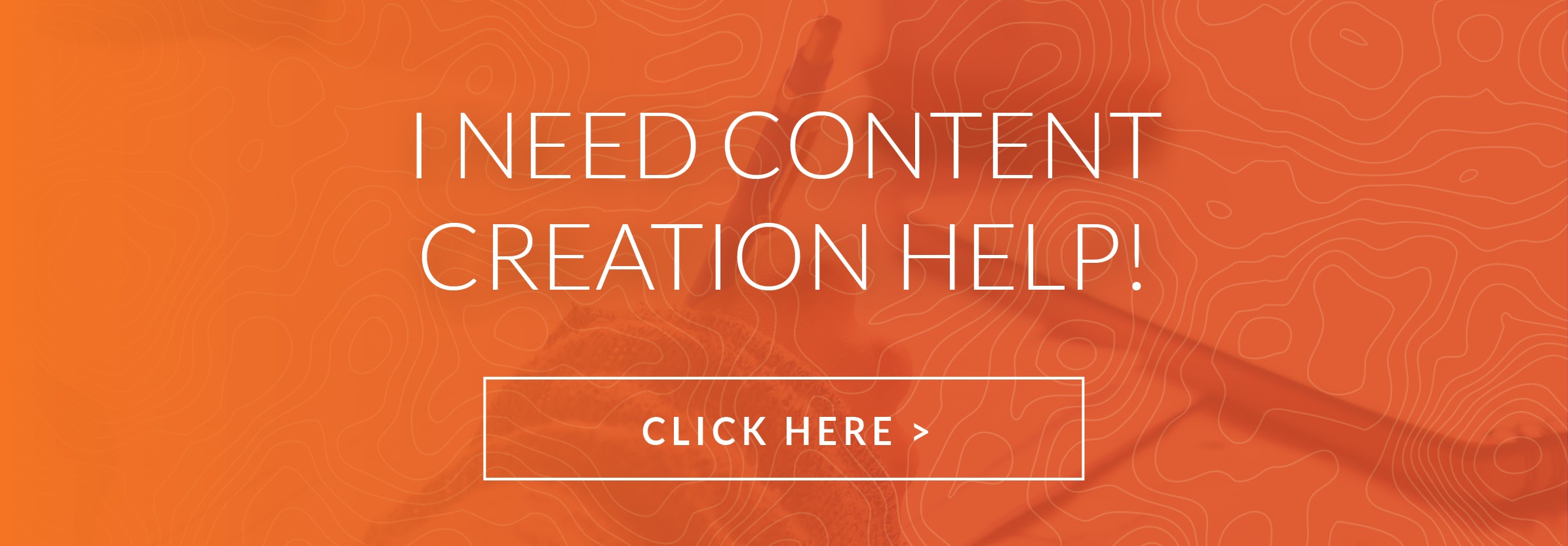
Content-driven marketing is becoming increasingly popular by the day, but it’s not enough for businesses to simply generate compelling content. You need to develop an overall content strategy and plan of execution to make sure all of your great content doesn’t go to waste.
A good starting point is developing a content calendar. This will help you assess what content you already have, what content you need to develop, how to organize your content, and how to best get your content out to consumers. You may be thinking, Really? A simple calendar can do all of that for me? Yes, it can.
Why Do I Need a Content Calendar?
Focused Content
When you’re creating content piece-by-piece and on the fly, you can sometimes lose sight of your overall strategy. When you’re working ahead and laying out a complete month of content, on the other hand, you can ensure each piece works together and ties back to your overall strategy.
Accountability
Content can be one of those things where you say oh, I’ll get to it later, and then it lands on the backburner and is completely forgotten about. With a composed and complete calendar, you're committing to deadlines and publication dates, making it much more difficult to put off or lose track of.
Getting Ahead
Instead of being reactive, be proactive! Rather than cranking out content in the final hour, a content calendar helps you plan and work ahead. It also lets you give your writing process the time it deserves to develop a worthy piece.
Hopefully by now, you’re realizing a content calendar might be exactly what your business needs. So, where do you begin in creating a functional and successful content calendar? Follow these steps.
Take Inventory of Your Current Content
A great place to start is with the content you already have. Before you can generate topics and build out more content, take inventory of what you already have to work with. It’s likely that many of your pieces haven't been exploited to their full potential.
Don’t be afraid to repurpose good content. Dust it off, give it the facelift it needs, then incorporate it into your calendar where it makes the most sense. There are many ways to repurpose your content—posting to social media, expanding on a topic and creating an ebook, sending it out in a newslater, or turning it into a video or podcast.
Using some existing content will also allow you to get a jump start on your calendar. Repurposing will help you fill gaps and avoid having to generate a ton of new content right off the bat. Utilize your current assets and make them as successful as possible!
Topic Generation
Now that you know what content you already have in your back pocket, it’s time to think about what new content you should be working on. Think about the topics that you’ve already covered and what you still need to cover to reach your target audience.
A simple brainstorming session with your team is a great and easy way to start generating topics. Bounce ideas off other team members to come up with an extensive list of potential topics. Remember, you’re making a calendar, so you need to develop enough topics to fill months’ worth of content.
Consider the following when generating topics:
- Consumer pain-points
- Solutions you have to resolve consumers’ problems
- Frequently asked questions about your business
- Competitor activity
- Social media feedback
Delivery Method
Once you’ve come up with a robust list of topics, you should decide what type of delivery method you envision for each piece. The form your content takes can be just as important as the content itself! Blogs posts are wildly popular (you’re reading one right now), so many businesses automatically assume they're the only way to produce mass amounts of content. In reality, there are many forms your content can take.
Some options beyond blog posts include:
- Ebooks
- Whitepapers
- Infographics
- Videos
- Podcasts
Run through your list of topics and determine what type of content makes the most sense for each piece. Varying your delivery methods will keep your consumers engaged.
Content Calendar Template
There’s no one-size-fits-all content calendar template. Decide what all you need your calendar to do for you, then determine which form is the best fit for your business. There are many viable (and free) content calendar options available for download online you can explore.
Once you’ve selected a template, be sure that everyone within your business who needs access to it has it. Not only does it serve as a scheduling tool, but it keeps everyone on the same page, allowing your efforts to be integrated across your entire business's initiatives.
Construct Your Content Calendar
Finally, it’s time to start filling out your content calendar! First, figure out what type of schedule you want to follow. How many content pieces do you want to get out weekly? Knowing this up front will allow you to look at your content calendar week-by-week so it seems less daunting to complete.
When you’ve arrived at a weekly content output goal, you can start filling in your calendar. Pull out that big list of topics you and your team brainstormed, and begin adding them. Be sure to consider any relevant holidays your business should comment on. Also think about any other company or industry events you should incorporate into your schedule.
Once you’ve considered outside events and holidays, you can move on to your brand spanking new content. Fill out your calendar with your repurposed and fresh content.
Get ahead as many months as you’re comfortable with. Once your content calendar is laid out, creation can go full-steam ahead, and you'll see your content library grow before you know it!
If your business could use some help with your content writing, contact Blue Frog Marketing! We’re a full-service inbound marketing agency in Des Moines, Iowa, with secondary locations in Denver, Colorado, and Huron, Ohio. Click below to contact our team!



